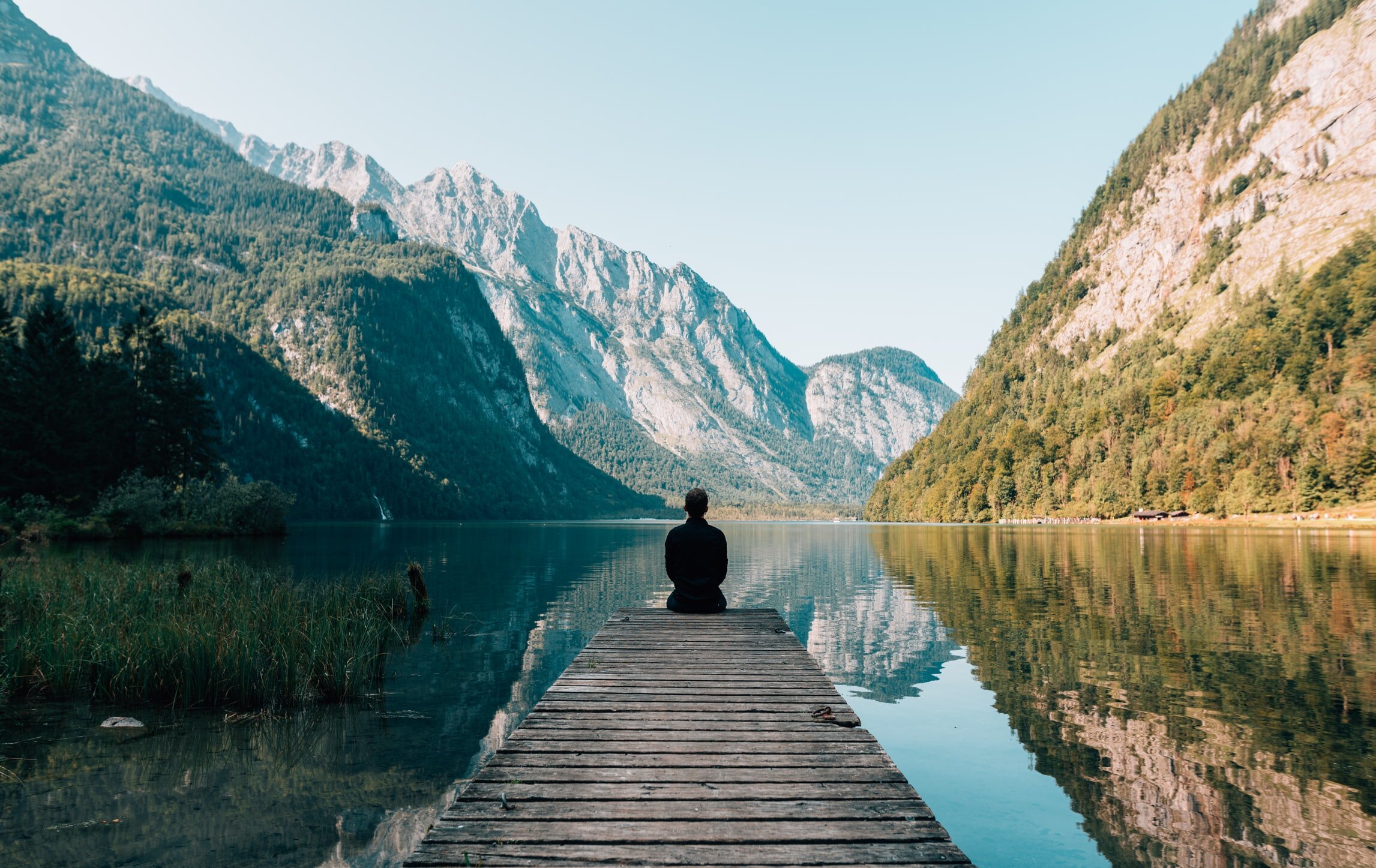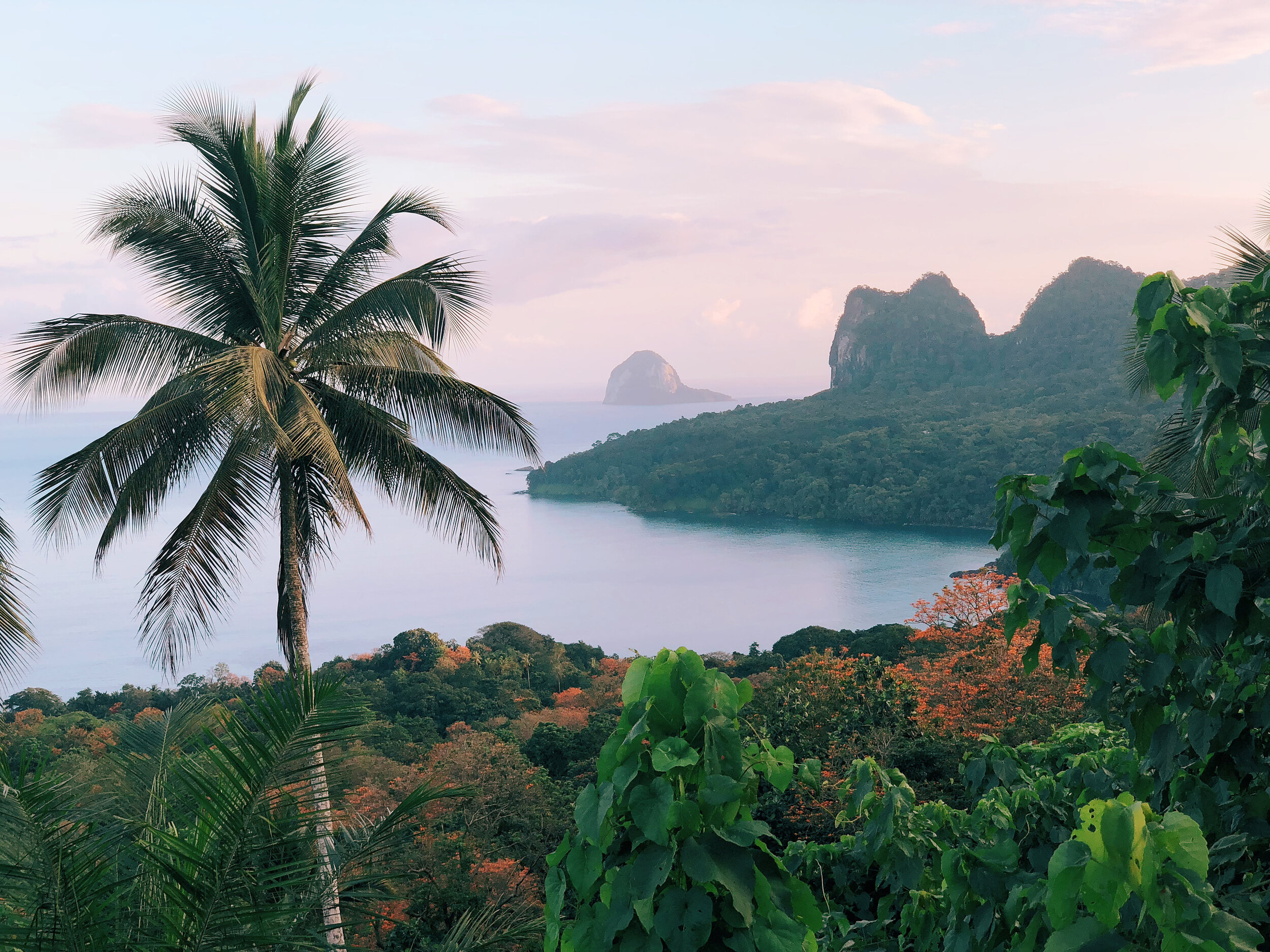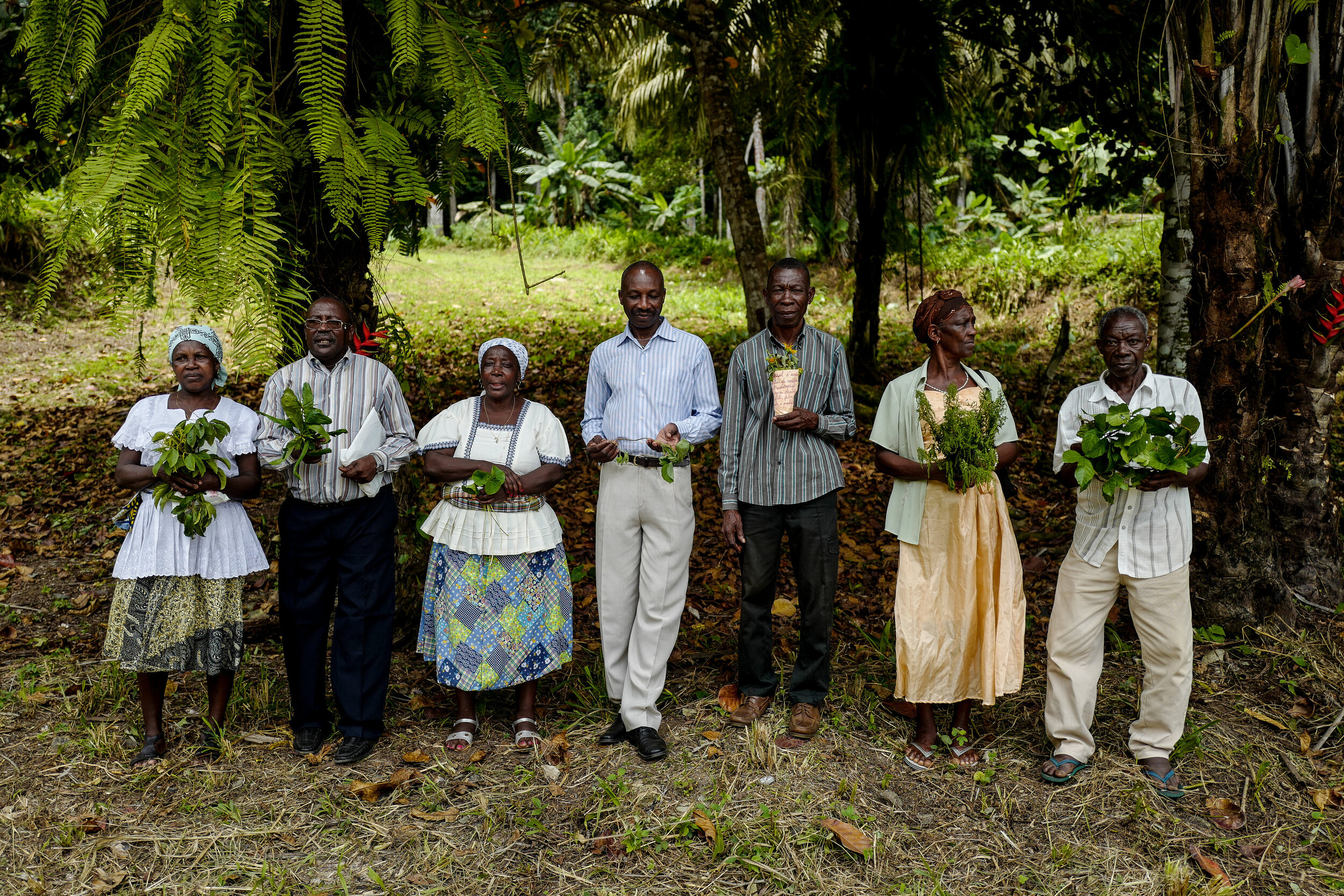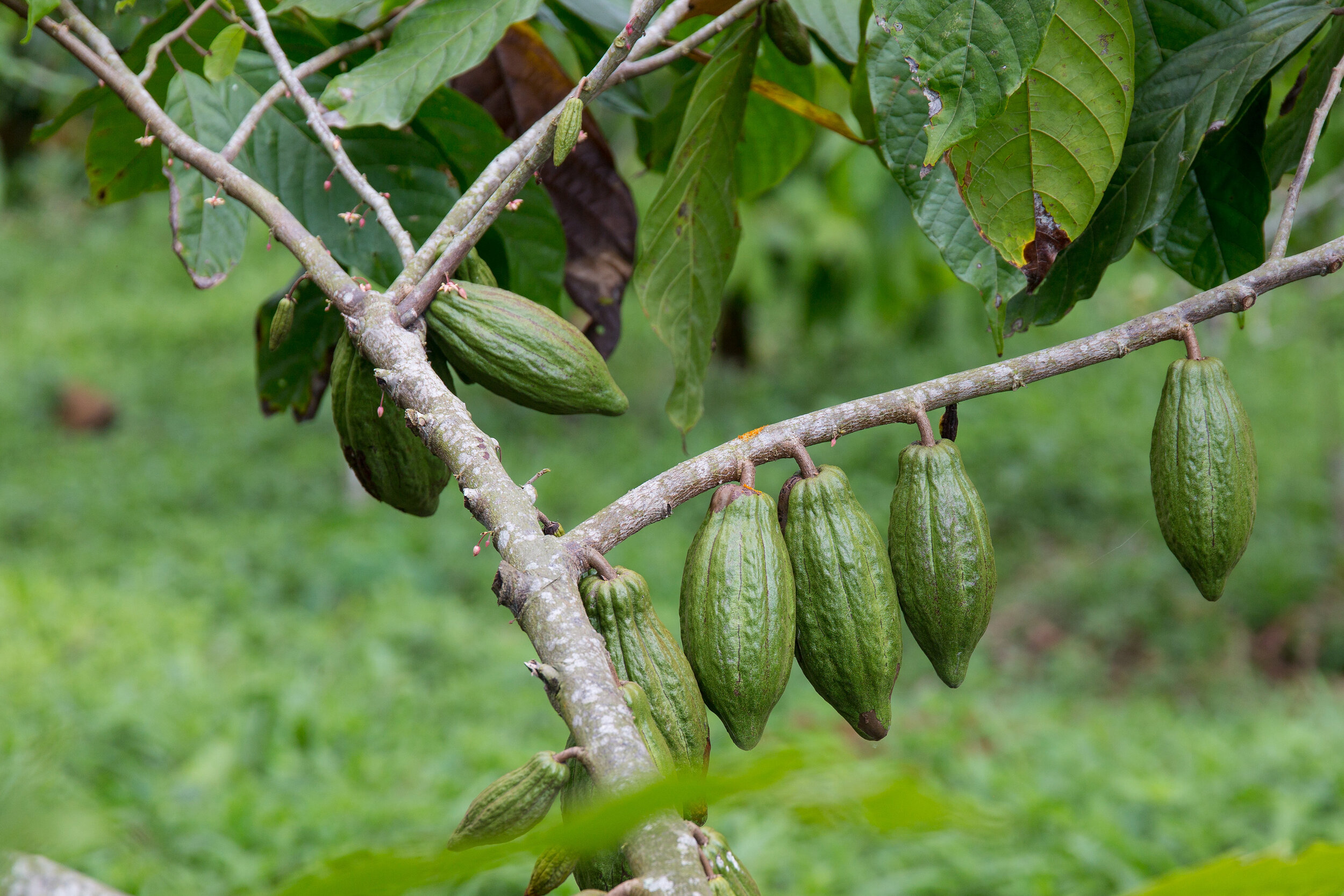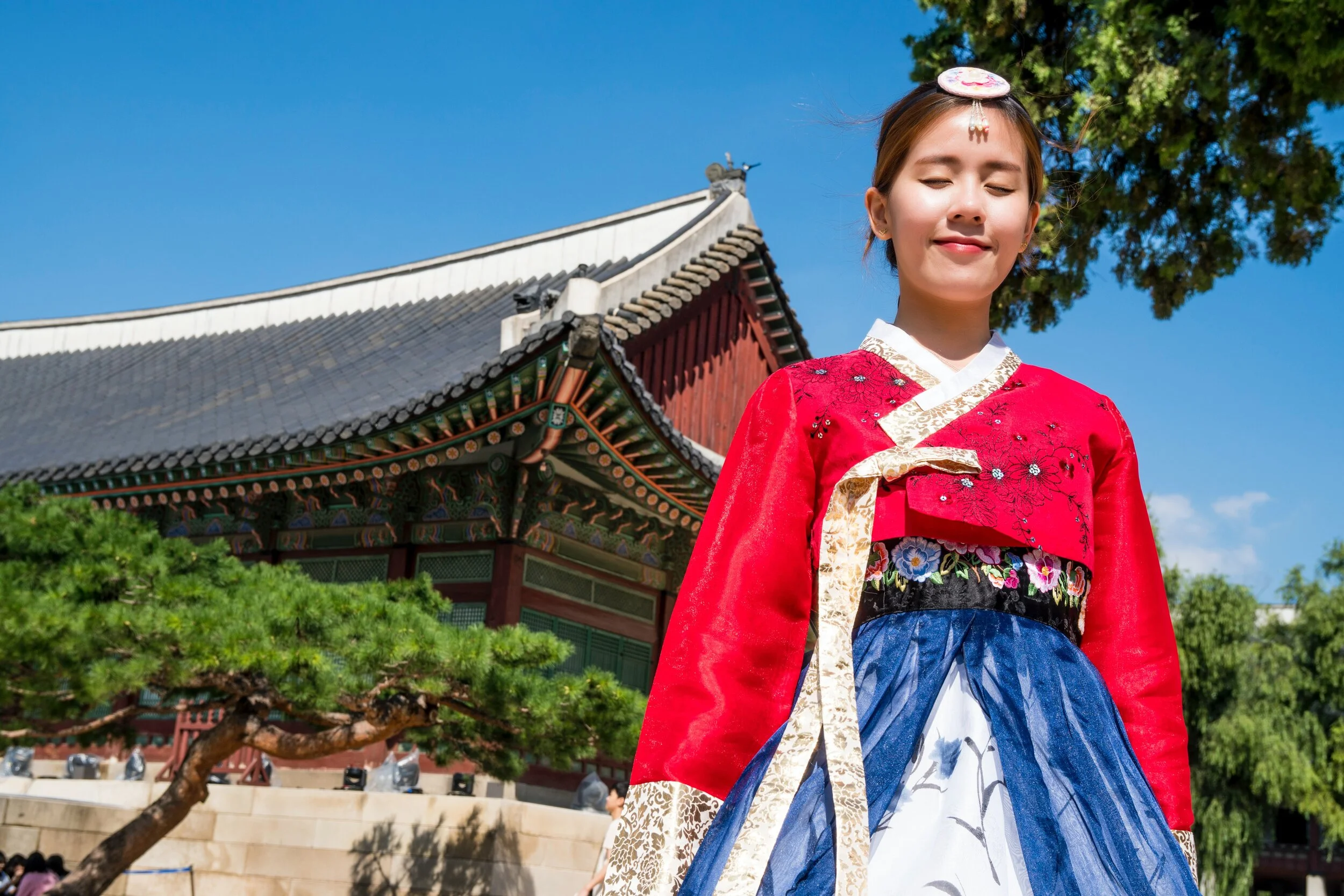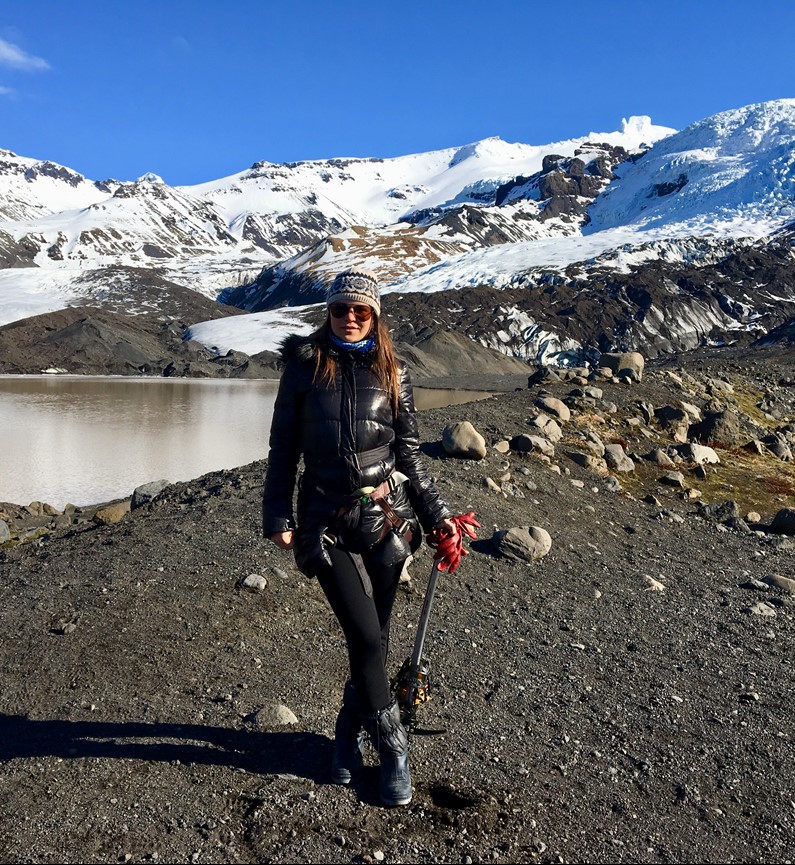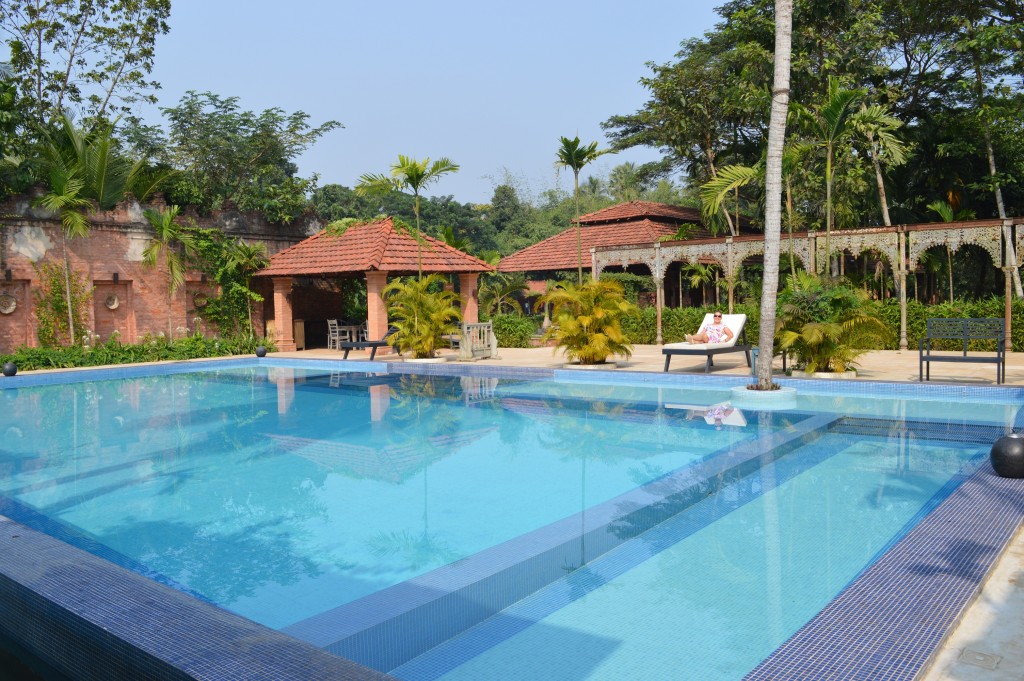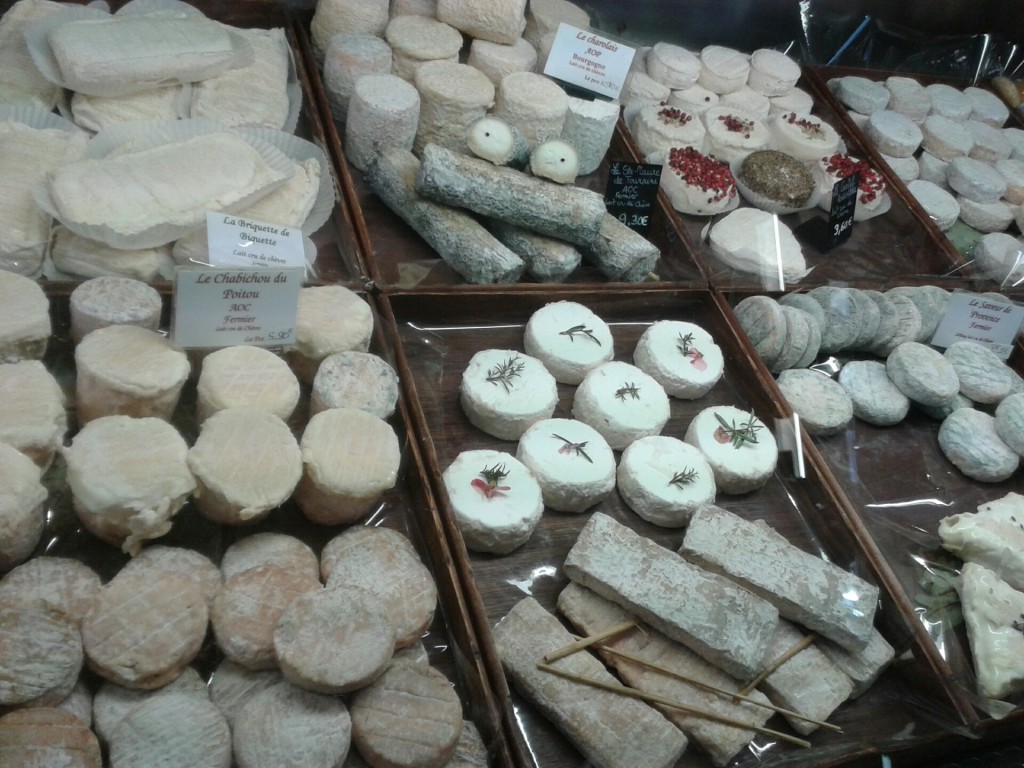For many of us our first real taste of freedom was when our parents allowed us to explore the area we grew up in unaccompanied on a bike.
A friend and I were recently reminiscing about the joy of getting around under teenage pedal power. Our memories had a powerful common thread, even though our actual experiences were wildly different. He grew up in Delhi, whereas I grew up in rural Sussex but the joy of unconstrained whizzing about was no different.
Sadly as we get older the car often becomes our default mode of transport. At first it's aspirational; then it wins out on comfort and convenience and eventually we just stop thinking about it; the car is simply how we get about.
Traveling to new places gives us an exciting opportunity to break away from the dominance of the car. We can re-discover the childlike joy of exploring somewhere at a slower pace with fewer barriers between us and the new environment we find ourselves in. Who knows, we may even decide it's worth trying when we get back home.
It is important to note that cycling as part of a holiday doesn't mean you have to commit to a cycling holiday! A few years ago I was staying at the wonderful Hotel Portixol on the Bay of Palma. I was delighted to discover a rack of bikes sat outside the hotel for the use of guests. A 10-minute ride beside the sea took us into the heart of the city. Along the way we discovered delightful beachside cafes invisible from the road.
Cycling can, of course, sit at the heart of a trip. Along with a group of friends, and some strangers, I cycled the C2C route from Whitehaven in Cumbria to Tynemouth. We passed through the northern Lake District before climbing the Pennines and descending into County Durham and then Northumberland. There was a great sense of achievement from having travelled 140 miles under our own power and a genuine feeling of having connected with the beautiful landscape that surrounded us.
In my experience one of the great joys of travelling by bike is that you can always find a way of justifying a tasty treat you stumble across at a refreshment stop. Surely you burned enough calories to warrant a pudding! Working in France in my twenties, the 30km pedal along Brittany’s winding lanes to Cancale allowed me to indulge my desire for a weekly Plateau de Fruits de Mer washed down with local Cider. When us cyclists promote the health benefits of our transport of choice (which are undeniable) we may sometimes overlook these excesses!
There are now thousands of exciting bike routes and trips all around the world. Without exception they allow travellers to engage with their destination in a way that is hard to imagine when sitting in a car. These trips also reduce the environmental impact of tourists on their host destination and make it more likely we will spend money with smaller businesses rooted in the local community. You may travel at a slower pace but you'll get more smiles per mile.
Excitingly, e-bikes are making active travel more and more accessible in destinations around the world. Cycling, whether at home or on holiday, should not be the preserve of lycra clad enthusiasts. E-bikes can usually be rented for short or long periods and are a fantastic way of getting about. Importantly they allow people of varying levels of ability and fitness to enjoy exploring together.
Throughout the period of the Covid-19 pandemic there has been enormous investment in cycling infrastructure as people have chosen active travel. IT has, and continues to be, a period of great change. In towns and cities around the globe it is now easier and safer than ever before to travel by bike.
There is, however, one aspect of cycling infrastructure that is often overlooked; bike security. This is a problem that needs solving in order to give more people the confidence to use bicycles for everyday journeys as well as pedal powered exploration. Hudjo plans to play a key role in tackling this issue.
Chris Thompson is a former tour operator, a travel industry consultant and Co-Founder of bike parking App Hudjo. Find out more at www.hudjo.com


















